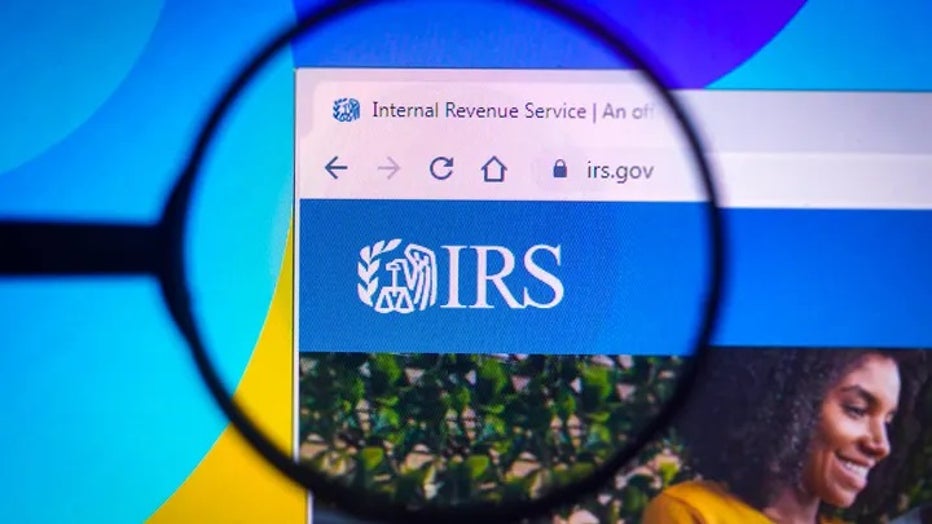Tax filing season begins: What to know
(Photo by Joe Raedle/Getty Images)
Monday is the first day you can send off your tax forms and payments to the federal government, or begin awaiting your tax refunds.
Taxpayers have until Monday, April 15 to finish their filings without penalty, if they owe taxes.
The IRS is expecting about 128.7 million returns this year.
"As our transformation efforts take hold, taxpayers will continue to see marked improvement in IRS operations in the upcoming filing season," IRS Commissioner Danny Werfel said. "IRS employees are working hard to make sure that new funding is used to help taxpayers by making the process of preparing and filing taxes easier."
RELATED: IRS launches its free-filing pilot program in 12 US states
A limited number of taxpayers in 12 states will soon be eligible to join an IRS pilot program that will allow them to calculate and submit their returns to the government directly without using commercial tax preparation software.
What is the Direct File program?

Filling US tax form 1040
The Direct File pilot program is rolling out in stages. To start, certain government employees are being invited to participate in the first weeks. The program will expand in February and March to include additional taxpayers in certain states.
Direct File is not to be mistaken with the agency's existing Free File program, which offers commercial software for free to low- and middle-income earners and fillable forms to all, though the forms are complicated and taxpayers still have to calculate their tax liability.
The small-scale rollout of the Direct File pilot is part of the agency’s effort to build out a new government service that could replace some taxpayers’ use of commercial tax preparation software such as TurboTax. It's meant to be simple and provides a step-by-step walkthrough of easy-to-answer questions.
IRS officials say low- and middle-income earners who typically claim a standard deduction are the target users. The agency estimates that several hundred thousand taxpayers are eligible for the initial rollout in the 2024 tax season. The program will be available in both English and Spanish.
Certain taxpayers in Florida, New Hampshire, Nevada, South Dakota, Tennessee, Texas, Washington and Wyoming are eligible to participate. None of those states have a state income tax.
Four other states that have a state income tax also are part of the pilot program — Arizona, Massachusetts, California and New York. In those four, state tax agencies will help people directly file their state taxes as well.
The IRS has said it hopes to use the limited pilot to gather information to help steer the direction of the program.
"We’re starting small as the filing season begins," said IRS Commissioner Danny Werfel. "The pilot is undergoing continuous testing with taxpayers so we can identify and resolve issues as we move beyond the start of filing season and into February and March timeframes."
People can check the IRS website to determine whether they qualify. People can sign up to be notified when the program is live for them.
Where can I find the status of my tax refund?

In this photo illustration, the homepage of the Internal Revenue Service (IRS) website seen on a computer screen through a magnifying glass. (Photo Illustration by Rafael Henrique/SOPA Images/LightRocket via Getty Images)
If you're wondering about the status of your tax refund, visit Where's My Refund? online at IRS.gov or go to the IRS2Go app.
When will I get my refund?
Most people get their refunds within 21 days of when the IRS accepts your tax return.
It's crucial to note that the 21-day processing period is specifically for people who electronically file their taxes.
For those who submit paper returns, the IRS may require significantly more time for processing.
The Associated Press contributed to this report.

